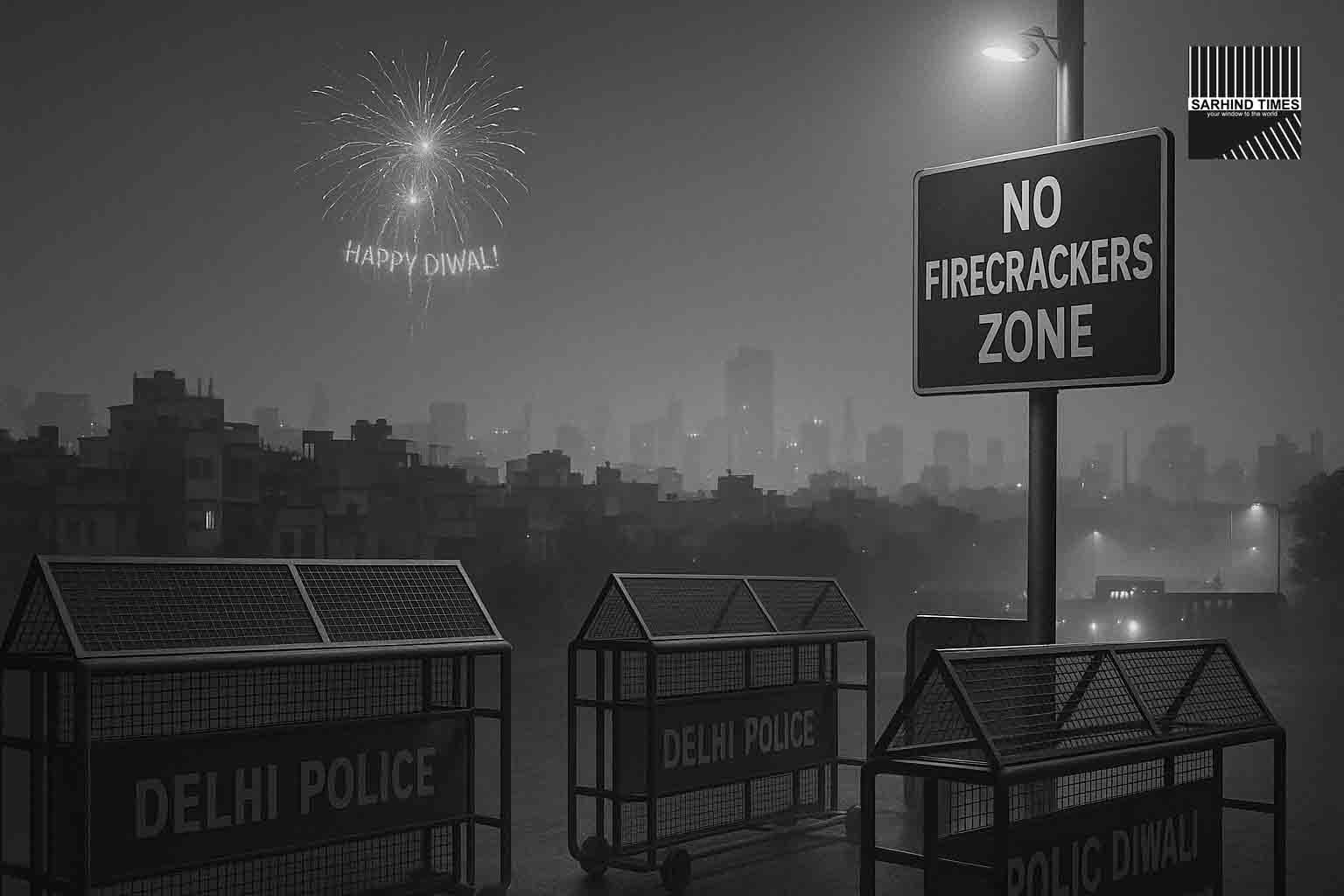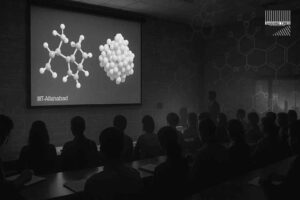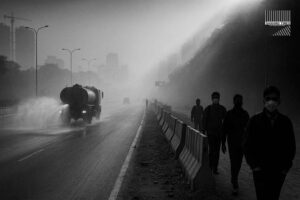As the festive season lights up Delhi’s skies, the national capital stands divided once again—between tradition, regulation, and the battle for breathable air. With the Supreme Court set to review compliance and enforcement, the “green cracker” debate burns brighter than eve
With Diwali approaching and the Supreme Court expected to revisit firecracker norms this week, Delhi finds itself at the crossroads of faith, law, and environment. The government maintains its ban on firecrackers, while manufacturers and citizens call for clarity on “green” variants. Police have begun intensified checks, and environmental agencies are monitoring AQI and emissions. Sarhind Times explores the evolving legal, cultural, and ecological dimensions of Delhi’s festive dilemma.
📍 New Delhi, October 13 — A Capital Divided by Celebration
Every October, as the lights of Diwali begin to glow across the National Capital Region, another debate rises with equal intensity: should Delhi burst crackers at all?
The question, once cultural, has now become legal, environmental, and moral. Ahead of the Supreme Court’s expected guidance this week, Delhi finds itself once again negotiating the fine line between devotion and discipline, between celebration and survival.
“Faith cannot become fatal,”
— remarked an environmental lawyer during the last hearing, summarizing the conflict that has defined Delhi’s festive law-and-order landscape for nearly a decade.
⚖️ The Legal Landscape: What the Supreme Court Said
The issue dates back to 2015, when environmentalists filed petitions against the unregulated use of firecrackers, citing rising pollution and public health impacts. In 2018, the Supreme Court of India allowed only the sale and use of “green crackers”—a cleaner alternative designed by the Council of Scientific and Industrial Research (CSIR) that promised 30% less emissions.
Since then, however, enforcement and interpretation have remained contentious.
- 2018 Judgment: Permitted “green crackers” and restricted use to 8–10 p.m. on Diwali.
- 2019–2022: Delhi Government imposed blanket bans, citing emergency AQI levels.
- 2023: The Supreme Court reiterated its stance—no total ban, but no pollution either—urging state agencies to balance rights with responsibility.
Now, in October 2025, the apex court will again assess whether “green crackers” are being misused as a legal loophole—and whether states like Delhi have the authority to enforce outright prohibitions.
🌆 The Delhi Dilemma: Faith Meets Fine Dust
Delhi’s Air Quality Index (AQI) is already hovering between 220–280 (“poor”), and meteorologists predict a further dip as wind speeds fall and farm fires rise.
In this fragile ecosystem, even a single evening of crackers can push the city into a “severe” category for days.
Yet, for many citizens, Diwali without sound and sparkle feels incomplete.
“We follow the law, but banning everything feels unfair,”
— said Rajesh Gupta, a resident of Laxmi Nagar who claims to use only “green-certified” crackers.
“Pollution is a year-round problem—why blame festivals alone?”
Environmental groups disagree.
“Diwali is symbolic, but symbolism matters,”
— said Sunita Narain, Director-General of the Centre for Science and Environment (CSE).
“When AQI touches hazardous levels, even small emissions can tip public health into crisis.”
🧪 What Are “Green Crackers,” Really?
Developed by CSIR–NEERI (National Environmental Engineering Research Institute), “green crackers” use reduced potassium nitrate, aluminum, and sulfur content, replacing them with environment-friendly oxidizers and binding agents.
Types include:
- SAFAL (Safe Minimal Aluminum)
- STAR (Safe Thermite Crackers)
- SWAS (Safe Water Releaser)
These are designed to reduce emissions of PM2.5, SO₂, and NO₂ by 25–35% and emit water vapor to lower particulate matter.
However, verifying authenticity is difficult.
Counterfeit “green” labels flood markets each year, and the absence of real-time emission testing makes on-ground enforcement nearly impossible.
“A genuine green cracker is rare to find outside lab conditions,”
— said Dr. Rakesh Jain, environmental chemist at IIT Delhi.
“Retail chains often mislabel stock. Without traceability, bans are the only reliable control.”
🚨 Enforcement: Police and Pollution Boards on High Alert
With less than a month to Diwali, Delhi Police have intensified market inspections, especially in Sadar Bazaar, Jama Masjid, and Karawal Nagar, known hubs for illicit cracker trade.
Teams from the Delhi Pollution Control Committee (DPCC) and Environment Department have also started warehouse-level checks to identify stored explosives.
“This year, enforcement is data-driven,”
— said DCP (Central District) Hemant Meena.
“We’re using QR-based tracking for licensed stock and drone surveillance for illegal storage.”
The Environment Department’s war room has linked with CPCB’s Air Quality Early Warning System, which will predict likely pollution spikes to plan crackdowns.
Meanwhile, courts have warned of contempt for officials who fail to implement orders.
Last year, 900+ FIRs were registered in Delhi under the Explosives Act and Air Pollution (Control) laws.
🎇 The Market Response: Empty Shelves and Angry Traders
For small fireworks manufacturers, particularly those in Sivakasi (Tamil Nadu)—India’s fireworks capital—Delhi’s continued restrictions have meant financial strain.
“We invested in green technology as ordered, but states still impose blanket bans,”
— said K. Mariappan, Secretary of the Tamil Nadu Fireworks and Amorces Manufacturers Association (TANFAMA).
“It defeats both science and industry.”
The All India Fireworks Association (AIFA) has petitioned the Centre to create a centralized green cracker certification portal and issue uniform guidelines for all states before festival season.
“Right now, confusion reigns—what’s banned in Delhi is legal in Jaipur,”
— said AIFA’s spokesperson.
“The lack of harmony hurts compliance and livelihoods.”
🏥 Health at Stake: The Cost of Celebration
Doctors across Delhi NCR are already reporting an uptick in respiratory issues.
At AIIMS and Safdarjung Hospital, pulmonary specialists note a 30% rise in outpatient cases for asthma, bronchitis, and eye irritation compared to September.
Pediatricians warn that even short-term exposure to post-Diwali smog can have long-term effects.
“Children under 10 and elderly patients are the worst hit,”
— said Dr. Aarti Chhabra, Respiratory Specialist at Safdarjung Hospital.
“Cracker smoke contains heavy metals like lead, copper, and barium, which linger in the air for days.”
The Lung Care Foundation has appealed for a “Silent and Smokeless Diwali,” citing that Delhi’s AQI crossed 450 (“severe”) within 24 hours of cracker use last year.
🧭 Civic Preparedness: Administration Steps In
Delhi’s Environment Minister Gopal Rai reaffirmed last week that the ban on all firecrackers—manufacture, storage, sale, and use—remains in force, irrespective of “green” labels, under Section 9 of the Air (Prevention and Control of Pollution) Act, 1981.
“The health of citizens takes precedence over everything else,”
— said Rai in a press briefing.
“Delhi Police and the DPCC have been instructed to enforce zero-tolerance policy.”
The state has also launched a public campaign titled “Patakhe Nahi, Diye Jalao” encouraging symbolic celebrations, while RWAs are asked to hold community light shows and eco-friendly rangoli contests instead.
However, opposition parties argue that blanket bans alienate cultural sentiment.
“The government should promote real green crackers instead of moral policing,”
— said a BJP MLA from West Delhi.
The political divide mirrors the citizen split—between faith and fear, freedom and fine dust.
🌍 The Environmental Context: A Seasonal Trap
Experts emphasize that Delhi’s air crisis is multi-causal.
Stubble burning, traffic emissions, construction dust, and industrial waste form the base load.
Firecrackers act as a pollution multiplier during a meteorologically stagnant period.
“Think of it as adding fuel to a locked room,”
— explained Prof. Sagnik Dey, Chair of the Centre for Atmospheric Sciences, IIT Delhi.
“Even a small spike in PM2.5 after October 20 can linger for days due to low wind dispersion.”
In 2024, the Delhi NCR region recorded PM2.5 levels 25 times above WHO standards post-Diwali.
Such episodes not only degrade air quality but also strain healthcare systems and reduce visibility for air traffic operations.
🕯️ Culture and Compromise: The Emotional Argument
While science dominates policy, emotion drives culture.
For millions of Delhiites, fireworks symbolize victory of light over darkness, a ritual rooted in centuries of tradition.
Sociologists argue that bans without cultural alternatives risk deepening resentment.
“You can’t enforce purity without participation,”
— said Dr. Meera Kaul, cultural anthropologist at JNU.
“If people feel excluded from their own festival, compliance will become defiance.”
Citizens’ groups have suggested controlled community firecracker zones under police supervision, using certified green variants for limited hours—a compromise between devotion and discipline.
📈 Data Speaks: Diwali and AQI Trends (2018–2024)
| Year | AQI Before Diwali | AQI Next Day | % Increase | Notable Policy |
| 2018 | 290 (Poor) | 440 (Severe) | +52% | SC introduces “green crackers” |
| 2019 | 230 (Moderate) | 410 (Severe) | +78% | Delhi bans all crackers |
| 2020 | 260 (Poor) | 390 (Severe) | +50% | Covid lockdown; low celebrations |
| 2021 | 280 (Poor) | 460 (Severe) | +64% | Crackdowns, yet violations |
| 2022 | 310 (Very Poor) | 470 (Severe) | +51% | “Green” confusion persists |
| 2023 | 250 (Poor) | 425 (Severe) | +70% | Ban reaffirmed, 450+ arrests |
Source: CPCB, SAFAR Delhi, DPCC Annual Bulletins
📜 The Supreme Court’s Next Move
The upcoming hearing is expected to clarify:
- Whether state-level bans override central “green cracker” permissions
- Whether CSIR certification must accompany all retail sales
- How law enforcement can distinguish compliant from counterfeit products
Legal analysts suggest that the Court might not impose new restrictions but demand stricter accountability from state agencies.
“The judiciary has always preferred conditional freedom over absolute bans,”
— said Advocate Gaurav Rawal, who argued the 2022 case.
“The onus now shifts to evidence—show that ‘green’ works, or stop selling them.”
🧩 Citizens’ Voice: Between Conscience and Custom
Public sentiment reflects fatigue as much as faith.
Social media campaigns like #SayNoToSmoke trend alongside #BringBackFireworks, revealing a generational divide.
“We’re not against celebration,”
— said Ananya Sharma, a college student in South Delhi.
“But if joy hurts others, it’s not joy—it’s denial.”
For elderly citizens, nostalgia blends with caution.
“We used to burst sparklers with our grandchildren. Now we just light lamps indoors,”
— said B.L. Mehta, 72, from Rohini.
“The festival feels quieter, but also cleaner.”
🚦 Law & Order Measures This Festive Season
Delhi Police have announced:
- Total ban on fireworks sales within city limits.
- Patrolling squads in 15 high-violation zones.
- FIRs under Explosives Act, IPC, and Environment Protection Act.
- Drone surveillance for illegal bursts.
- Public helpline (155303) for complaints.
Meanwhile, the DPCC has started real-time emissions mapping across 32 monitoring stations, providing data to both courts and the public.
🔚 Conclusion: A City Holding Its Breath
In the days ahead, Delhi will light its lamps, exchange sweets, and—inevitably—look skyward.
What it sees may depend as much on the law as on the wind.
Whether the Supreme Court’s guidance brings compromise or confrontation, one truth remains: the city’s right to celebrate must coexist with its right to breathe.
As the festival of lights returns, the question lingers like the haze itself—
Can Delhi have its Diwali without losing its dawn?
#DelhiAir #GreenCrackers #SupremeCourt #Environment #LawAndOrder #FestiveSeason #Pollution #SarhindTimes






















+ There are no comments
Add yours